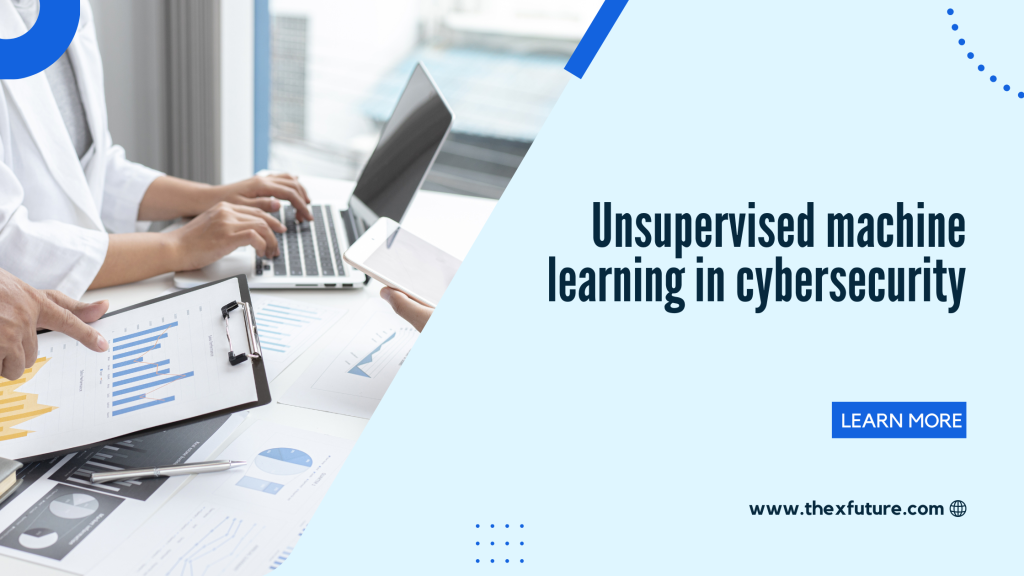Unsupervised machine learning in cybersecurity
Despite the advances in cybersecurity tactics, tools, and approaches, cybercriminals continue to threaten public and private IT systems across the globe. These breaches are set to cost $10.5 billion/year by 2025, making them one of the most compelling threats to the global economy.
However, the magnitude of these cyber threats is set to increase exponentially as an increasing number of organizations are adopting digital-first business models with high volumes of customer-centered data. As their business operations turn more data-driven, the scale of cyber threats is set to increase, and it may even expose the supply chains and economies to previously nonexistent threats.
On top of that, it can take as long as six months to detect a cyber breach which can get even longer for businesses that lack experience in managing IT infrastructure. Also, it is estimated that it takes an average of 50 days for a breach to be reported from the time it was discovered, only adding to the perils. Despite the increasing global spending on cyber security, there is a lack of cybersecurity technology innovation and adoption.
The low-latency 5G network is set to connect more intelligent devices than ever before, and at the same time, it will give cybercriminals the opportunity to act faster and intrude into much larger, distributed systems.
You might be wondering what unsupervised machine learning is with reference to cybersecurity. Let’s get started:
Traditionally, cybersecurity tactics rely on labeling data for threat detection, which requires considerable time and effort. However, combining clustering, anomaly detection, and deep learning through a cluster of emerging ML technologies will allow experts to carry out the same process without breaches occurring in reality. The emergence of dynamic attack surfaces and threat vectors is also catalyzing the adoption of processes and tools that work upon unlabelled data. Thus, unsupervised learning is being adopted by businesses as a way to mitigate risks without spending extravagant amounts of money.
This also aids in enterprise innovation as well as improving the security of the existing IT infrastructure and assets. Since AI algorithms constantly scan for vulnerabilities and ways to compromise the system without requiring human intervention, a 180-degree change in the approach is experienced. Earlier, the cyber security tactics were based on previous breaches and known vulnerabilities with little room for safeguarding assets against newer forms of threats. With AI-based unsupervised learning, enterprise security is now future-focused as opposed to past-oriented.
Deep neural networks play a crucial role in facilitating cybercrime prevention and detection, paving the way for adopting new-gen innovations like IoT. Notably, most attacks on IoT systems have no prior record of occurrence or context, for that matter, making them extremely difficult to deal with. Unsupervised learning will help limit the downsides of 5G and IoT integration as it will help improve the strategic cyber security posturing. Undoubtedly, it will not guarantee complete safety against threats (which is pretty much the standard for any cyber security approach), but it will surely add trust and reliability for all stakeholders. Also, unsupervised learning will help organizations better allocate resources since supervised learning is a far more time consuming and costly process.
To be technology driven is no longer a choice as a business; it is a necessity, and when we consider technology, cyber threats are a de facto part of technology adoption. At times, even larger corporations face inertia due to the fact that they ‘understand’ their cyber risks when implementing new technologies. This risk increases manifolds, especially for technology companies that sell products (IaaS/PaaS/SaaS). Since they are responsible for cyber security, the equation becomes highly complicated. However, innovating cyber security through tactics like unsupervised machine learning can help accelerate the rate at which threats are discovered, as well as identify vulnerabilities.
The X Future is a leading innovation consultancy and platform with cybersecurity as an important part of its portfolio. Get in touch with our team to learn more about cybersecurity solution providers that provide solutions like unsupervised machine learning and more.


